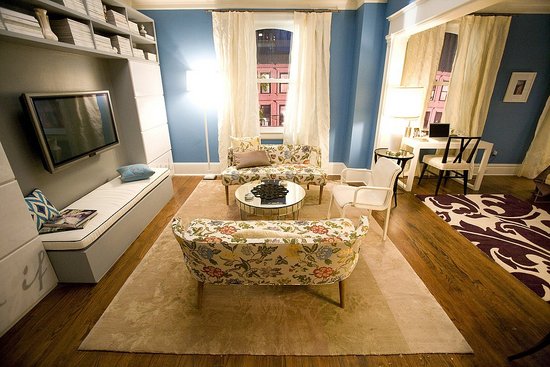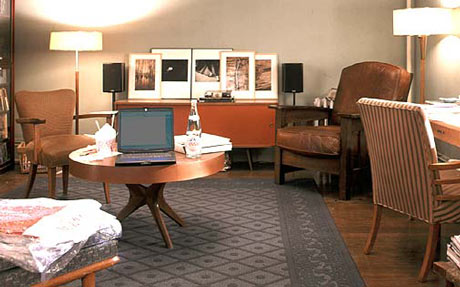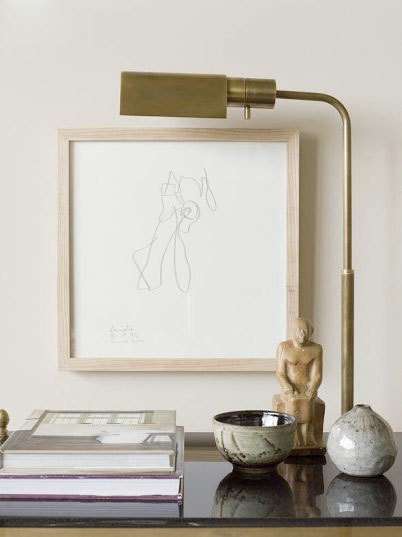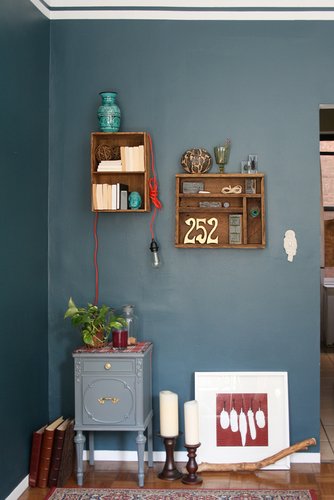
The reality of being young and living in the San Francisco Bay Area is that you already have or probably will have, roommates. Paychecks are now smaller and harder to come by and spending on single-living-situations is a luxury not many can afford. Although rental prices have come down, they are still so much higher than they should be for far less space than we all need. Such is the conundrum of living in such an incredible and vibrant area. Pooling financial resources is the number one way singles are making a go of it.
As if it weren’t stressful enough dealing with different personalities, schedules and figuring out the bills, the issue of combining furniture and design taste (or lack thereof) can create an environment that feels less like “home” and more like a frat house full of cast-offs.
More twenty-somethings are co-habitating for longer periods of time and this often stunts the growth of individual design style and experimentation that people naturally go through as they evolve. Another common scenario is that one roommate owns more furniture and “stuff” than the other roommate(s) and by default they end up calling the shots with the way the home is decorated. This is good if they have amazing style but bad if they own a bunch of broken down hand-me-downs. It can also put a strain on the owner of nice furniture if their roommate(s) don’t share the belief that complete dinners should be eaten at the table and not on the white couch. Introduce roommate pets and it’s a whole ‘nother story! All is not lost though. It is absolutely possible to create a well-designed, stylish space that everyone can enjoy.
Mixing furniture can create a warm, eclectic space or it can create a just-out-of-college environment. Many early twenty-somethings I talk to actually want to start defining their style, they just don’t know how and aren’t sure they can do so with roommates. Collaborating on the common-areas and coming to a consensus can be super easy or overly complex. The room above is an example of how mixing furniture and styles can work.
It’s true that much depends on how much furniture is owned by whom and whether or not the other roommates even care what the space looks like. However, if one roommate is the primary owner of things, they can (and should) work to create a more neutral, welcoming space by including art, special accessories, throw pillows and plants chosen by/owned by the other roommate. These things would leave with that roommate but it helps to create a collaborative design that everyone feels comfortable with.
Ideally, everyone would share a similar aesthetic but that doesn’t always happen. Roommates may want to consider sharing the cost of furniture -such as the dining table or living room couch. When/if one has to move the other can pay them for their share or they can sell the piece and split the proceeds. There should always be a clear (and written) agreement up front if you’re splitting a purchase so that it doesn’t get creepy in the end.
The above photo could easily be the entry-way of an SF apartment (it’s in New York) shared by equally eclectic roommates. The look is more bohemian-tableau than high-style NY but it’s fun, easy, and looks put together. The great wooden wall boxes could contain special objects owned by each roommate combined with artwork and/or furnishings that bring it all together.
When in doubt, make a visit to the local bookstore and get a few design magazines to look over together. Find the styles and looks that inspire each of you and then look for the common ground in those choices and Voila! You have a roadmap.
In my next post I’ll be talking about living with your significant other and the challenges of combining styles.
Happy co-habitating!
Melisa
Back to Main Site



